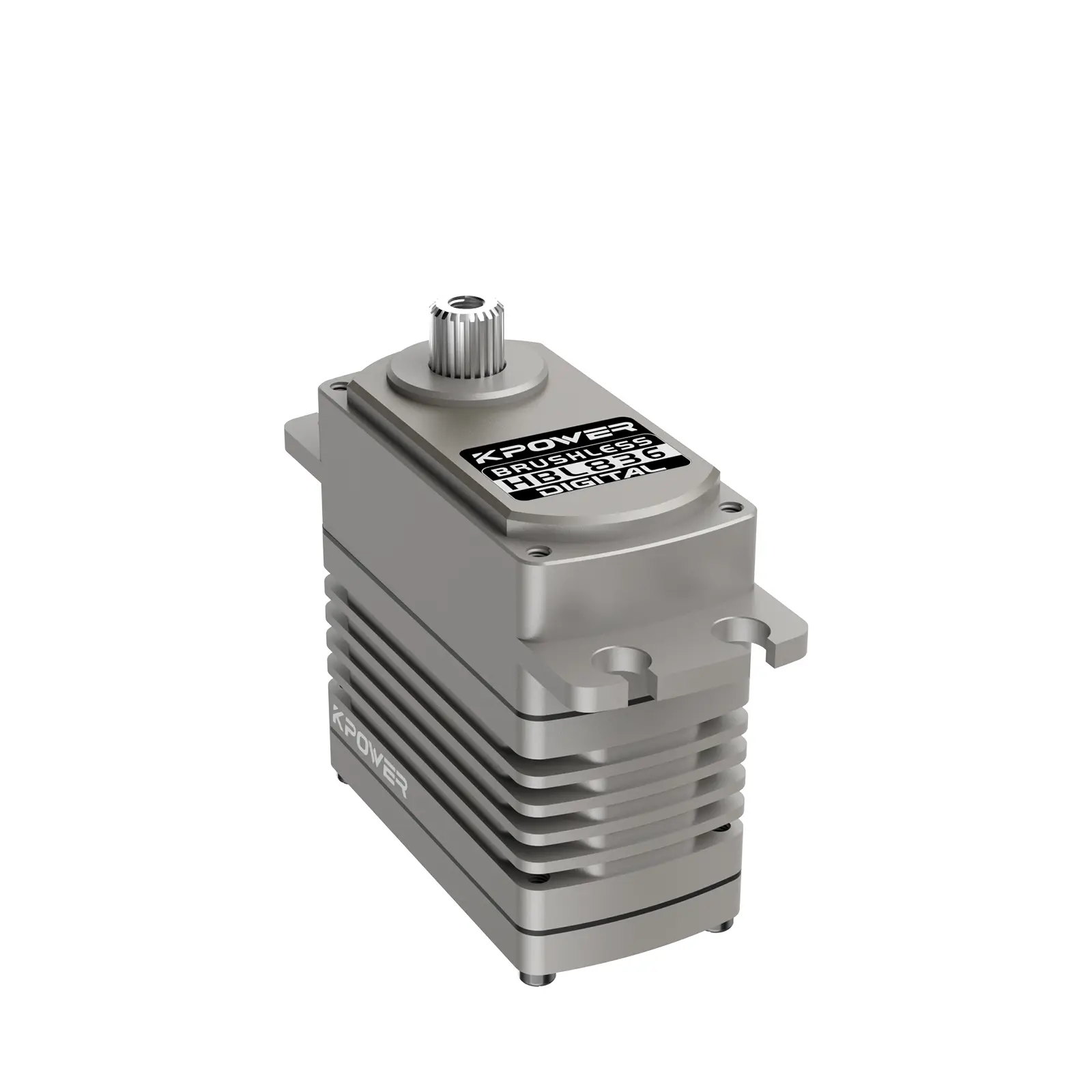When it comes to deploying microservices, things can feel like walking a tightrope. One misstep, and your whole system could teeter. That’s why mastering the “12 principles of microservices deployment” isn’t just smart—it’s essential. Think of these principles as your secret sauce, guiding you through the chaos with a clear recipe.

First off, deployment isn’t just about pushing out code. It’s about doing it smoothly, reliably, and fast, without waking up the entire system. That’s where principles like automation and continuous delivery come into play. Automation isn’t just a buzzword; it’s the backbone of rapid, error-free deployments. If you’re manually updating microservices, you’re fighting against human error, delays, and inconsistency. Automating the entire process makes things predictable and scalable.
But wait, isn’t stability a concern? Absolutely. That's why the concepts of rollback and canary deployments are woven into the fabric. Imagine launching a new feature, but instead of going all in, you introduce it to a small user segment first. If things go awry, you roll back seamlessly. It’s like testing the waters without risking a flood. This approach saves time, money, and reputation.
Ever heard of the 12-factor app? It’s a good framework to keep in mind. It emphasizes statelessness and externalized configuration—key ingredients in making microservices resilient and portable. Okay, but what about security? Deployment should never be an afterthought. Principles like secrets management and network security validations ensure that your ecosystem isn’t just functional but also safe from breaches.
Let’s not forget monitoring and observability, sometimes overlooked but absolutely crucial. How can you improve what you don’t understand? Implementing proper logging, alerts, and health checks help you stay ahead of issues. Think of it as having a smoke detector that’s always live.
Questions pop up: Do these principles mean slower deployments? Nope. They enable faster, more confident releases. Yes, you’ll need some initial investment to set up tools and processes, but the payoff is worth it. Over time, it becomes second nature—shipping updates without panic or chaos.
In a world where downtime is a nightmare and customer trust is everything, knowing these principles feels like holding a map in a maze. You can navigate with confidence. So, keep these 12 principles in mind—each one a building block for a deployment strategy that’s not just effective, but also nimble and resilient. Microservices might be complex, but with these guiding ideas, you’re ready to tame the chaos and turn deployment into a competitive advantage.
Established in 2005, Kpower has been dedicated to a professional compact motion unit manufacturer, headquartered in Dongguan, Guangdong Province, China. Leveraging innovations in modular drive technology, Kpower integrates high-performance motors, precision reducers, and multi-protocol control systems to provide efficient and customized smart drive system solutions. Kpower has delivered professional drive system solutions to over 500 enterprise clients globally with products covering various fields such as Smart Home Systems, Automatic Electronics, Robotics, Precision Agriculture, Drones, and Industrial Automation.




































